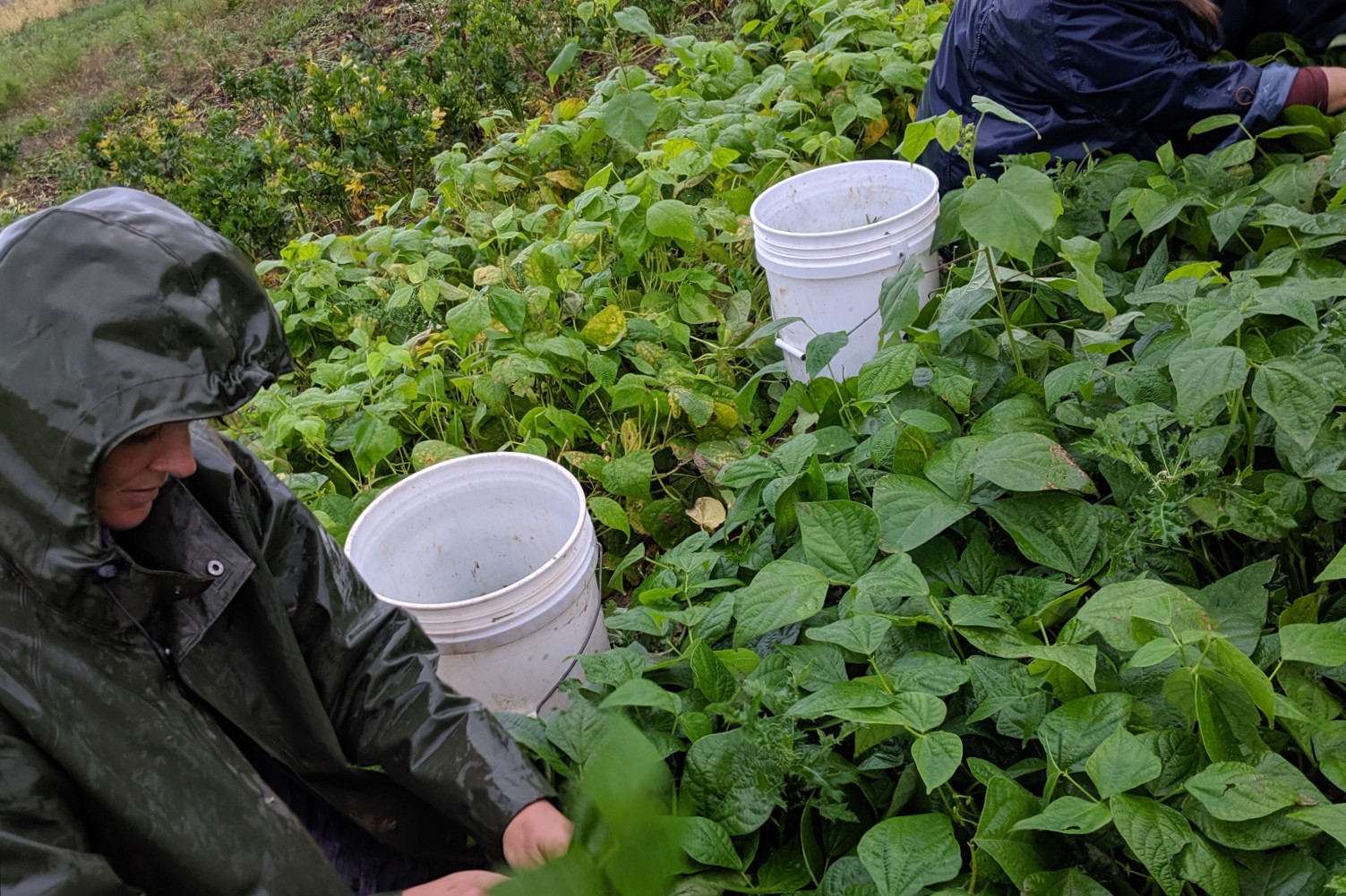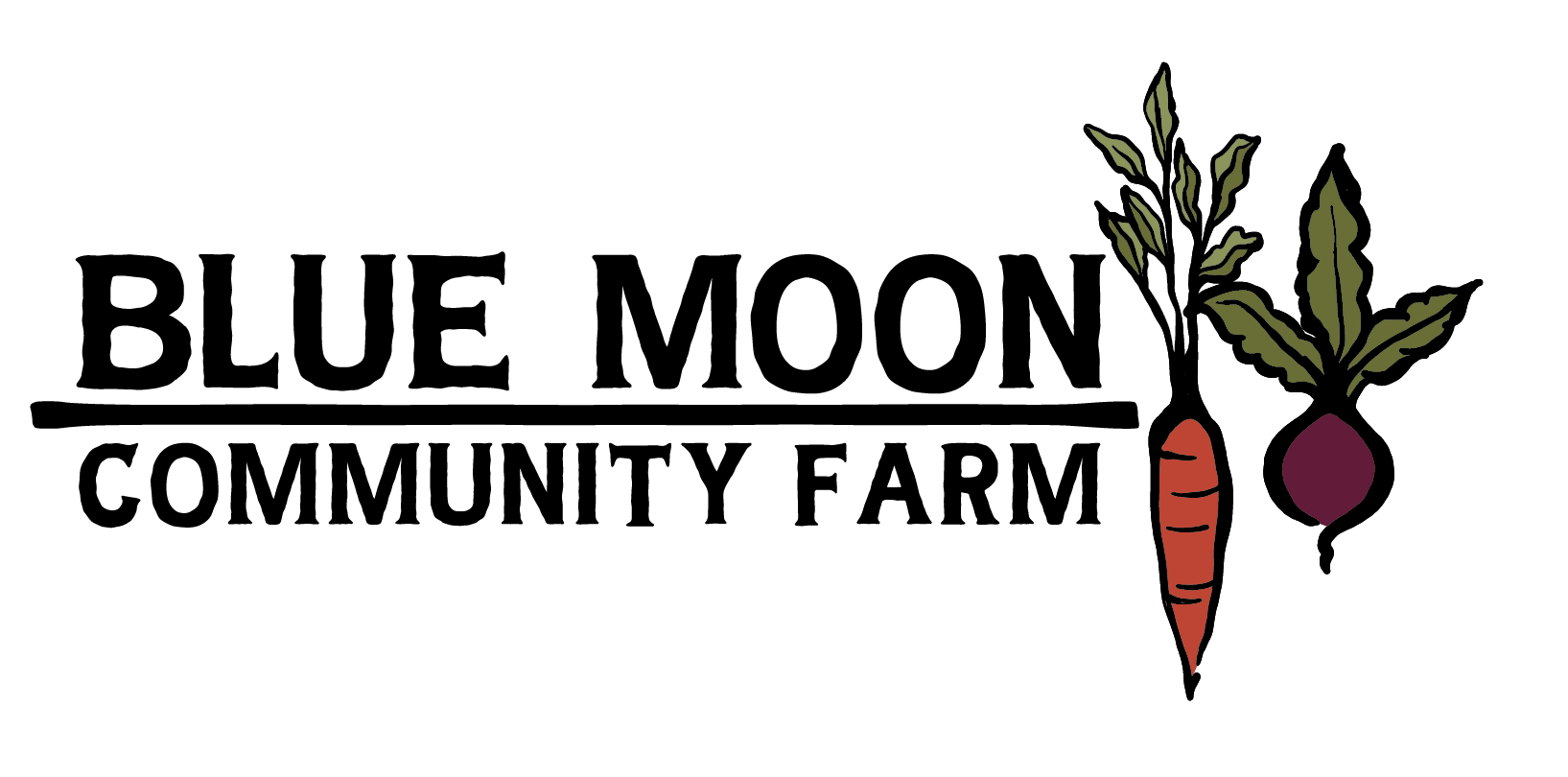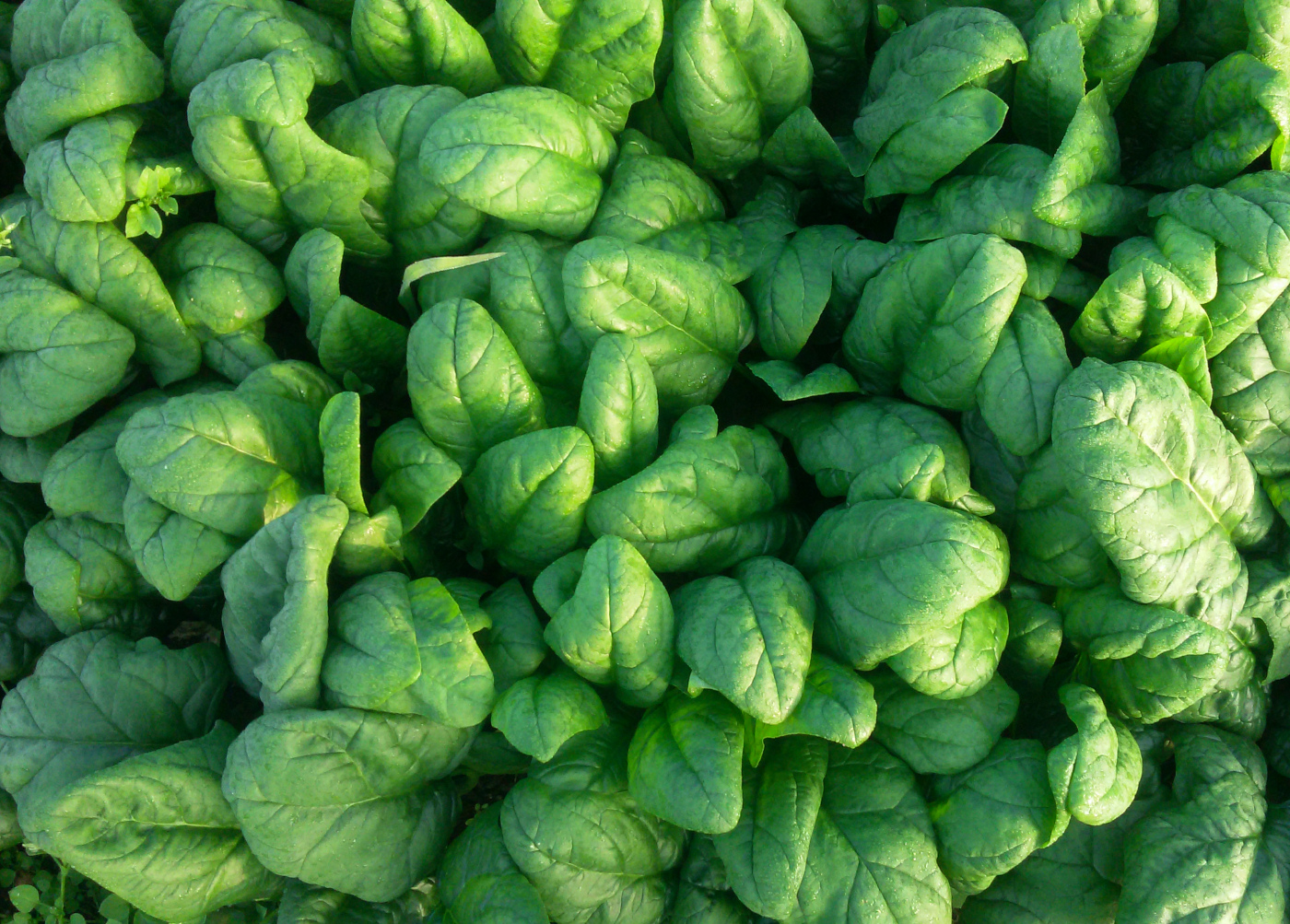The ups and downs of rain

If you listen too long to farmers talk about the weather, you're likely to come away thinking that they can't make up their minds, and will never be quite pleased. It starts in the early spring with wishes for fields to dry so that tillage and planting can begin. The minute plants start hitting the ground, you'll hear us hoping for rain to water them in...followed by a dry period to plant some more. Yep, it's a little manic.
The season continues with this flip flop mentality right up to this time of year. Come late September, we would love all the dry weather we can get. Many root crops are still in the field to be harvested, and dry conditions both prevent rot and make the harvest and washing process much easier. We're also hoping to put fields to rest after the harvest is complete, often by planting a "cover crop"--something to hold the soil in place through the winter, and build soil and fertility for future crops. Wet weather makes this very difficult--in fact, last year our fall was so wet that only a small fraction of our fields were put to rest as we had hoped. eiei
While some years are wetter or drier than others, we tend to experience both the wet and dry at times every year. Every year we will irrigate for stretches of time when we haven't had significant rain to meet the needs of the plants. Every year, also, we will have plantings delayed or harvest comprised by excessive rain and its effects. Such is farming in the upper midwest--it's a lush, productive place to grow vegetables, but not always the easiest!
This season, after a couple of years of excessive summer rain, we actually had a dry period when we wanted one! The late summer fruiting crops--tomatoes, peppers, melons, cucumbers, and squash--benefit tremendously from dry, sunny weather. They ripen well, avoid rot, develop wonderful flavor and sweetness, and do not succumb to diseases that are easily spread when field conditions are wet. We've been SO HAPPY with the tomatoes, melons, and sweet peppers in particular that we've harvest this August and September.


Conditions have changed quickly in the last couple weeks! Heavy rains have come through and created some problems with a few of fall crops. Our beautiful fall lettuces are showing signs of disease that we rarely ever see, and many heads will be unable to be harvested. With some drier weather, our later plantings may be just fine--time will tell! Another disease issue we're seeing as a result of the moisture is the loss of our fall broccoli plantings. Over 2000 broccoli plants had to be tilled under because the disease had so affected the developing heads that they were turning brown before they matured. Alternaria, or leaf spot disease, is responsible for the loss, and we'll be investigating crop and soil management strategies to mitigate it in the future. In the meantime, what a bummer!

But just as we are constantly wishing for rain and then no rain, our diverse farm always has something thriving in whatever conditions we are experiencing. The rain and warmth these last few weeks have been super helpful in maturing our sweet potatoes, a harvest we were so excited to begin last week! The potatoes look beautiful, and are curing for distribution in the next week.

We are reminded over and over again that diversity is incredibly important. Eating with the seasons also involves eating with climate change. We are learning to roll with the punches of increasingly unpredictable weather, and to savor the bounty of each season and year. Our diversity translates into a diverse diet for all the families we feed, and we love sharing the farm and its bounty with you.

